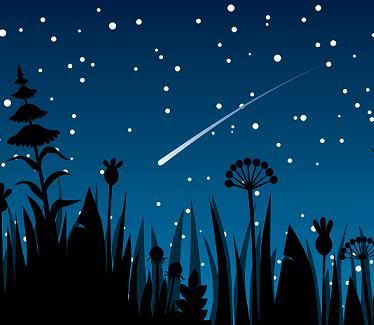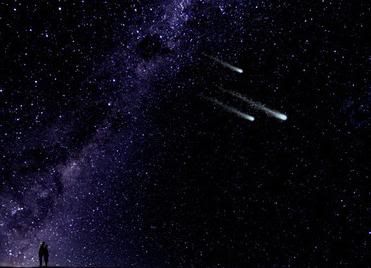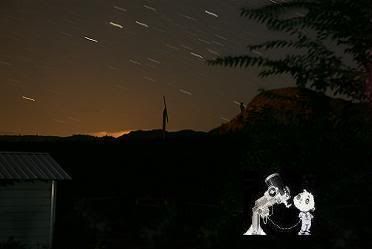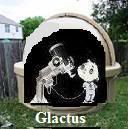Post by glactus on Nov 20, 2011 1:35:01 GMT
A shooting star is another name for a meteoroid that burns up as it passes through the Earth’s atmosphere. Most are no bigger than a garden pea. When it first gets dark at night they will be seen to come in slowly because the Earth and you are rotating away from them at 1,000 mph, but after midnight the Earth and you are racing towards them at 1,000 mph and they will be seen to streak across the sky, especially at 4am in the morning.

A shooting star at night
Some meteoroids are as small as a piece of sand, and as large as a boulder. If they are Smaller than a piece of sand, astronomers call them interplanetary dust. If they’re larger than a boulder, astronomers call them asteroids.

Three shooting stars
A meteoroid becomes a meteor when it strikes the atmosphere and leaves a bright tail behind it. The bright line that we see in the sky is caused by the ram pressure of the meteoroid. It’s not actually caused by friction, as most people think.

Glactus looking at a meteor shower
When a meteoroid is larger, the streak in the sky is called a fireball or bolide. These can be bright, and leave a streak in the sky that can last for more than a minute. Some are so large they even make crackling noises as they pass through the atmosphere.
If any portion of the meteoroid actually survives its passage through the atmosphere, astronomers call them meteorites.
Some of the brightest and most popular meteor showers are the Leonids, the Geminids, and the Perseids. With some of these showers, you can see more than one meteor (or shooting star) each minute.
To see short video of shooting stars just click on the link below. Full screen option bottom right.
www.youtube.com/watch?v=6XTBrYWrey0

Credits: These are non copywrite images
Text by wikipedia
Space art by Glactus
Video by YouTube

A shooting star at night
Some meteoroids are as small as a piece of sand, and as large as a boulder. If they are Smaller than a piece of sand, astronomers call them interplanetary dust. If they’re larger than a boulder, astronomers call them asteroids.

Three shooting stars
A meteoroid becomes a meteor when it strikes the atmosphere and leaves a bright tail behind it. The bright line that we see in the sky is caused by the ram pressure of the meteoroid. It’s not actually caused by friction, as most people think.

Glactus looking at a meteor shower
When a meteoroid is larger, the streak in the sky is called a fireball or bolide. These can be bright, and leave a streak in the sky that can last for more than a minute. Some are so large they even make crackling noises as they pass through the atmosphere.
If any portion of the meteoroid actually survives its passage through the atmosphere, astronomers call them meteorites.
Some of the brightest and most popular meteor showers are the Leonids, the Geminids, and the Perseids. With some of these showers, you can see more than one meteor (or shooting star) each minute.
To see short video of shooting stars just click on the link below. Full screen option bottom right.
www.youtube.com/watch?v=6XTBrYWrey0
Credits: These are non copywrite images
Text by wikipedia
Space art by Glactus
Video by YouTube


